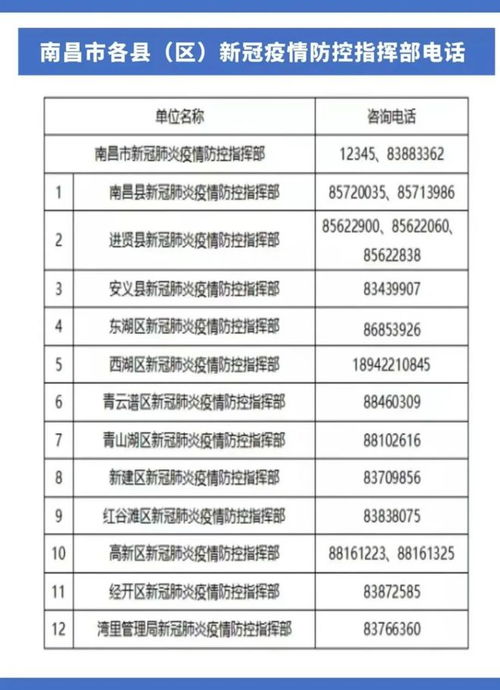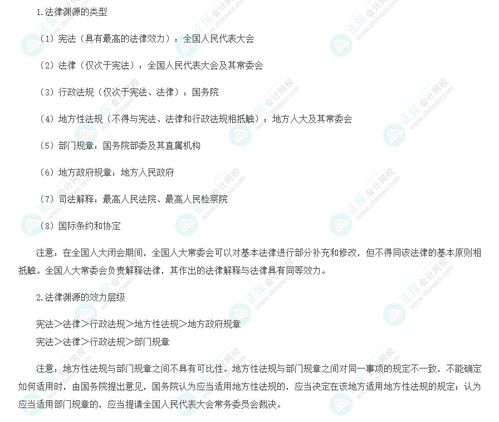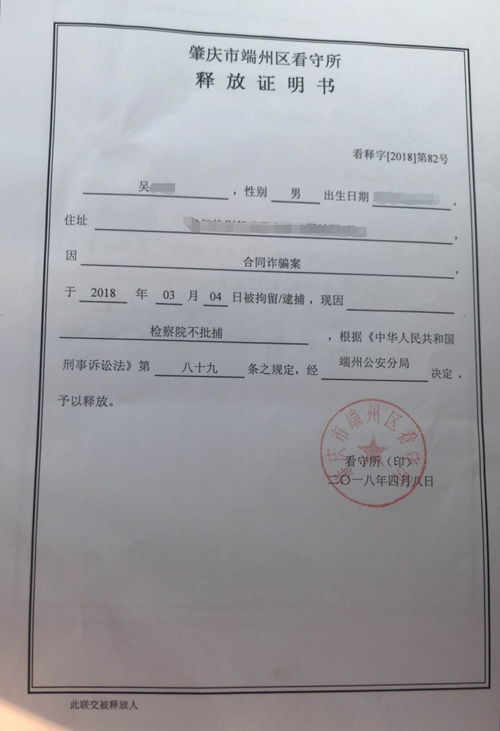疫情法律属于刑法吗
Title: Understanding China's Legal Framework for Epidemics
Introduction:

China's legal system regarding epidemics is a crucial aspect of public health governance, especially in the context of recent global health challenges. This article provides an overview of China's legal framework concerning epidemics, outlining key laws, regulations, and their implications for public health management.
1. The Public Health Emergency Response Law:
The cornerstone of China's legal framework for epidemics is the Public Health Emergency Response Law, enacted in 2003 and revised in 2009. This law empowers health authorities to take swift and decisive action in response to public health emergencies, including epidemics. It outlines measures for prevention, control, and emergency response, emphasizing the government's role in protecting public health.
2. Infectious Disease Prevention and Control Law:
The Infectious Disease Prevention and Control Law, first enacted in 1989 and revised in 2013, focuses specifically on preventing and controlling infectious diseases, including epidemics. It establishes a comprehensive system for disease surveillance, reporting, prevention, and treatment. This law also defines the responsibilities of various government agencies and health institutions in epidemic control efforts.
3. Quarantine Law:
China's Quarantine Law provides the legal basis for implementing quarantine measures to prevent the spread of contagious diseases, including epidemics. It grants authorities the power to isolate individuals, restrict movement, and implement other necessary measures to contain the spread of infectious diseases. The law emphasizes the importance of international cooperation in quarantine management to prevent crossborder transmission.
4. Emergency Response Mechanisms:
In addition to specific laws, China has established emergency response mechanisms at both the national and local levels to effectively manage epidemics. These mechanisms include early warning systems, rapid response teams, and coordination mechanisms among various government departments and agencies. The goal is to ensure a timely and coordinated response to emerging public health threats.
5. Legal Measures for Epidemic Control:
During epidemics, the Chinese government may implement various legal measures to control the spread of disease and protect public health. These measures can include quarantine, travel restrictions, mandatory testing, isolation of infected individuals, and closure of public spaces. Such measures are implemented in accordance with relevant laws and regulations, with the aim of balancing public health concerns with individual rights and freedoms.
6. International Cooperation and Legal Obligations:
China recognizes the importance of international cooperation in epidemic prevention and control. As a member of the World Health Organization (WHO) and a signatory to international health regulations, China is legally obligated to report public health emergencies of international concern promptly. The country also collaborates with other nations and international organizations to share information, resources, and expertise in combating epidemics on a global scale.
Conclusion:
China's legal framework for epidemics reflects a proactive approach to public health governance, emphasizing prevention, control, and emergency response. The country's laws and regulations provide a solid legal basis for managing epidemics effectively, with mechanisms in place to ensure coordination, transparency, and international cooperation. By upholding these legal principles and implementing timely and decisive measures, China aims to safeguard public health and mitigate the impact of epidemics both domestically and internationally.
References:
1. National People's Congress of China. (2003). Public Health Emergency Response Law. Retrieved from [link]
2. National People's Congress of China. (2013). Infectious Disease Prevention and Control Law. Retrieved from [link]
3. National People's Congress of China. (2004). Quarantine Law. Retrieved from [link]











